Engagement Rings: 7 Reasons to Consider Alternatives to Diamond Rings
Engagement Rings: 7 Reasons to Consider Alternatives to Diamond Rings
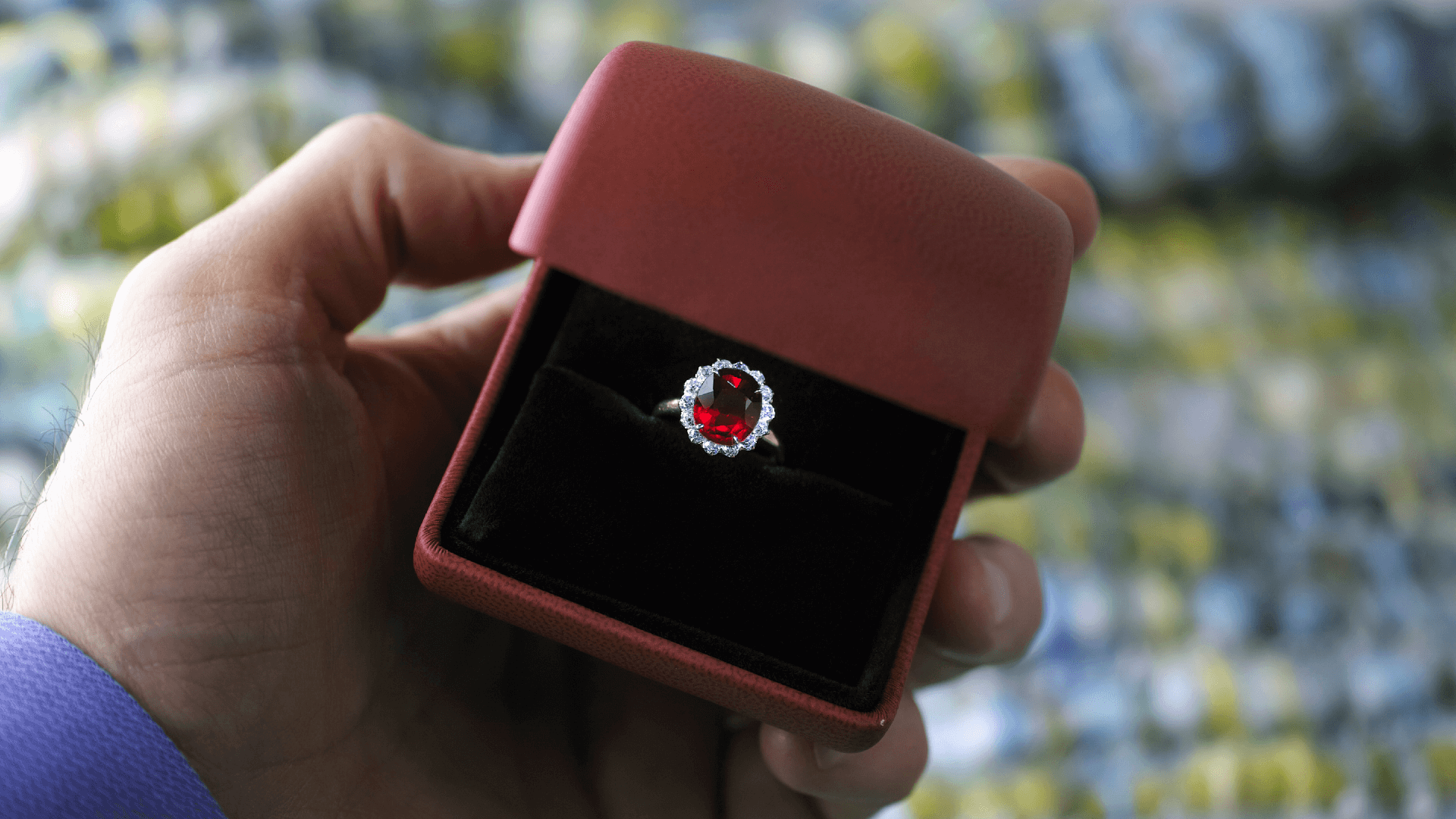
If you’re thinking about getting engaged, chances are you’ve flipped right to the diamond section of that jewelry catalog you stumbled across and settled right in. While diamonds are the current go-to for couples interested in wedding jewelry, there is a whole world of gemstones worth exploring. Check out these reasons to consider alternatives to diamond rings and see how you can find a stone that feels every bit as special as your sweetheart.
1. Price

There are several factors that play into how a gemstone is priced:
- Cut: The shape of a diamond can affect how much it costs, depending on the amount of rough stone lost, the skill it takes to create the shape and whether that shape is trending.
- Color: Colorless diamonds are the most desirable, while prime examples of emeralds are bluish green to pure green without being too dark. The closer you get to perfection, the higher the price tag.
- Clarity: Clarity refers to how many occlusions or blemishes a stone has. The more “imperfect” the stone is, the lower the relative cost.
- Carat weight: Generally speaking, bigger stones cost more; however, there are exceptions. Some stones are still affordable even at higher weights, while diamonds that exhibit fine qualities (good color and clarity, for example) can bust budgets even if they’re on the smaller side.
- Rarity: The harder a stone is to find, the more likely it is you’ll pay a premium for the privilege of owning it.
- Trends: When a particular type of stone suddenly becomes popular thanks to a celebrity engagement or other pop culture phenomenon, there is typically more demand than supply. It follows to reason then that prices will rise until things start to even back out.
While those factors are true of all stones, more often than not you can own a premium non-diamond stone for far less money than you’d spend on a comparable diamond. Because 86% of engagement rings feature a diamond center stone, such stones command a premium regardless of market conditions. Buy a diamond alternative, and in most cases you’ll save.
2. Personal Style
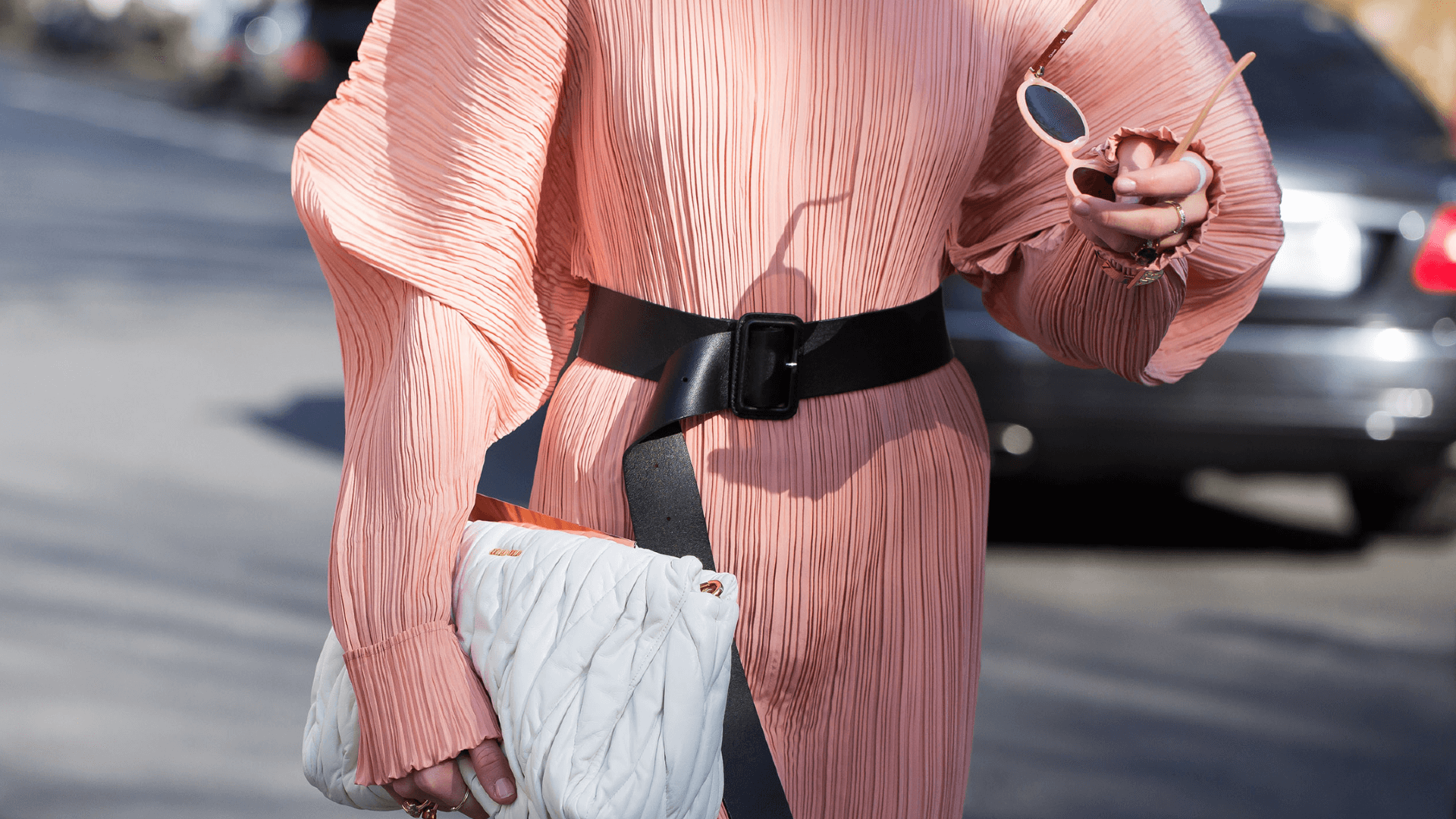
Not everyone loves diamonds. In the same way that people might prefer skinny jeans to wide-leg pants or a favor flats over high-heel shoes, you may love rings with a little more color. If you feel like the sparkle of a diamond can’t hold a candle to the oceanic magic of an aquamarine, by all means choose the aquamarine.
Stones can also be chosen to correspond with a birth month. Pick your partner’s birthstone or get a two-stone ring for dual representation.
3. Symbolism

Gemstones are so much more than pretty little baubles that catch the light — although they do that very well too, of course. Many people believe that gemstones hold meaning and can even be used for medicinal or healing purposes. Here are some examples:
- Garnet is all about passion, not only of a romantic nature, but passion toward all areas of life. It may bring the wearer good luck and help boost vitality, too.
- Amethyst is linked to clarity of thought, wisdom, intuition and feelings of calm. It is also believed to be helpful in battling addictions and compulsive behavior.
- Citrine is said to help with impatience, mental focus and endurance. It’s also useful for business people who want help getting and staying wealthy.
- Blue topaz is the stone of big thinkers. In addition to helping with mental clarity, it stands for strong romantic and platonic relationships as well as integrity and a gentle spirit.
- Aquamarine is a soothing stone that can help with everything from seasickness to general anxiety and fear.
- Emerald may be attractive for couples interested in building a family, as the stone is said to aid fertility. It also may improve sight (both literally and in a psychic sense) and ease symptoms of insomnia and depression. Emeralds are used to promote peace, balance and sweet dreams.
- Opal is an emotional gem that swirls with love and passion, but it’s also a stone for creative types who embrace spontaneous adventures and want to set their imagination free.
Couples who want to choose a stone that lines up with their own cultural or personal beliefs may decide that a diamond alternative is a better fit.
4. Desire for a Special Shape
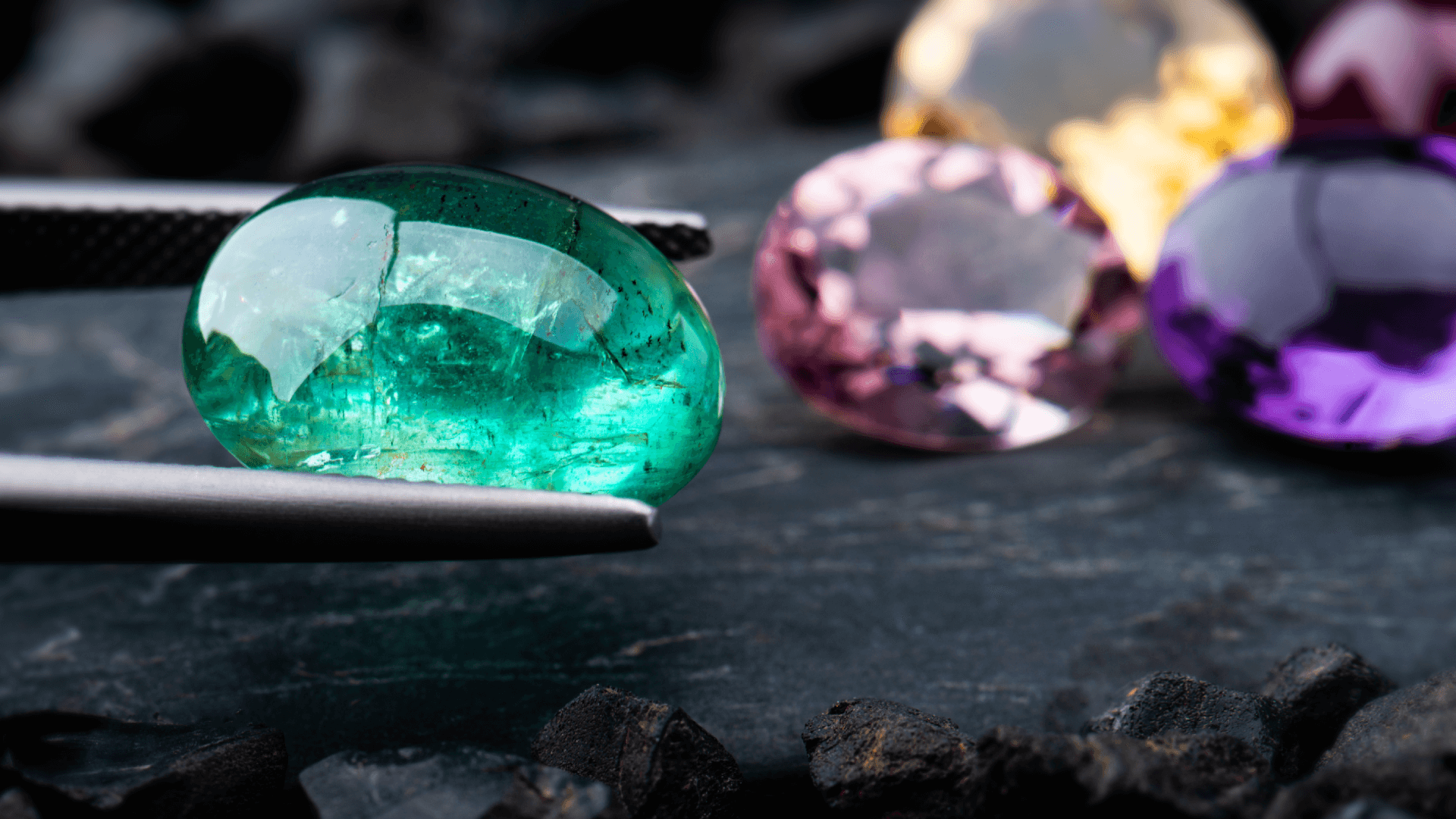
You can get almost any gemstone in any shape you want (with a few exceptions due to where the gem sits on the Mohs scale), but you’re likely to pay through the nose for a diamond in a trendy or more complex cut. Diamonds and other gemstones are cut from rough stones; the more mass you lose creating the end diamond, the higher the resulting per-carat cost will be. A princess-cut diamond only loses about 20% of the original rough diamond’s carat weight. On the other hand, a round diamond loses a whopping 60% of the original weight.
Another factor is that some gemstones are less prone to occlusions and blemishes that have to be excised when creating a finished stone. That contributes to loss too. Also consider how rare a stone is. A large emerald with no occlusions is rare, and the price tag will be eye-wateringly expensive (and worth every penny).
If you choose a diamond alternative like an amethyst, topaz, garnet or citrine, you can have a stone that’s beautiful and easy on the wallet even if you want a special shape.
5. Better Resale Value
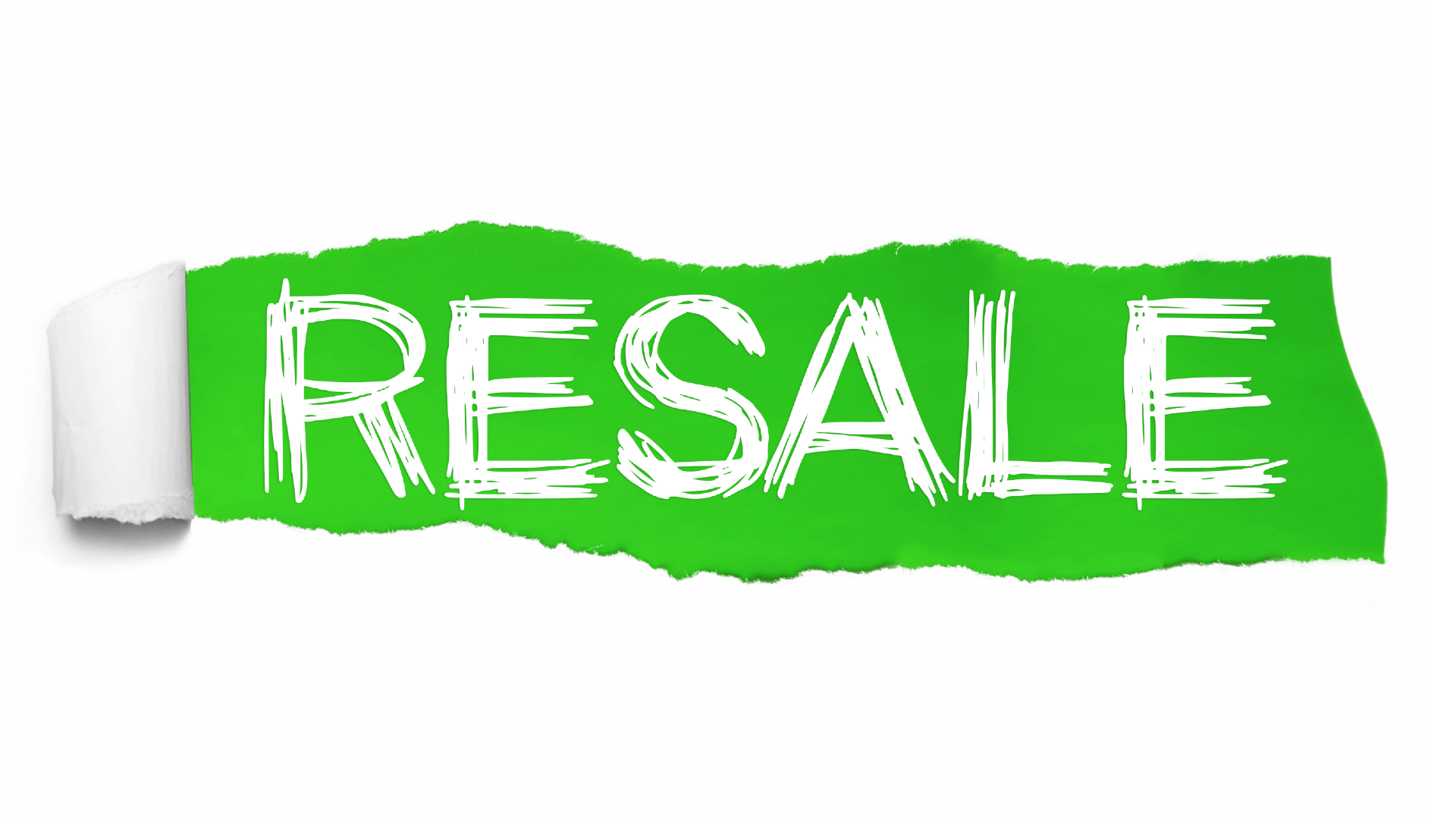
Gems seem like one of the few things that wouldn’t depreciate over time, but unfortunately, diamonds aren’t the safe investment many people believe them to be. Experts say that most diamonds only have a resale value of between 20 to 60% of their original ticket price. That means a diamond that costs you $10,000 today may only sell for $2,000 to $6,000 down the road.
While potential resale value may not be the most romantic thing to think about when you’re picking out an engagement stone, practicality is important too. You may want or need to sell your ring one day. You may even want to upgrade and put the value of your current stone toward a larger, higher-grade option.
Rubies, sapphires and emeralds are among the precious gems most likely to hold their value or even grow in price over the years. That’s because they’re rare and durable (so they hold up better to daily wear and tear). There’s no guarantee any stone will earn you a positive return unless you’re buying museum-level examples, but your chances of a profit or at least breaking even may be better if you skip the diamonds.
6. Everybody’s Doing it

Okay, not quite everybody, but there are quite a few fashion-forward celebrities who are choosing the non-diamond route with stunning results. Gwyneth Paltrow’s engagement to now-husband Brad Falchuk was sealed with a stunning round-cut sapphire. Orlando Bloom gave fiancée Katy Perry a vintage-inspired daisy-shaped ring with a red center stone that looks like a ruby or richly colored pink sapphire. True Blood star Anna Paquin sports a moonstone gem on her engagement ring, which seems quite fitting.
And if you’re not one to follow engagement ring trends, there’s still historical precedent for choosing a non-diamond engagement ring. Way back in 1795, Napoleon gave his darling Josephine a ring that paired a diamond with a tear-shaped sapphire for a dynamic result that’s simply unforgettable. Jackie Kennedy got a colored stone too — this time a 2-carat emerald set in glimmering yellow gold.
7. You’re a Non-Traditionalist
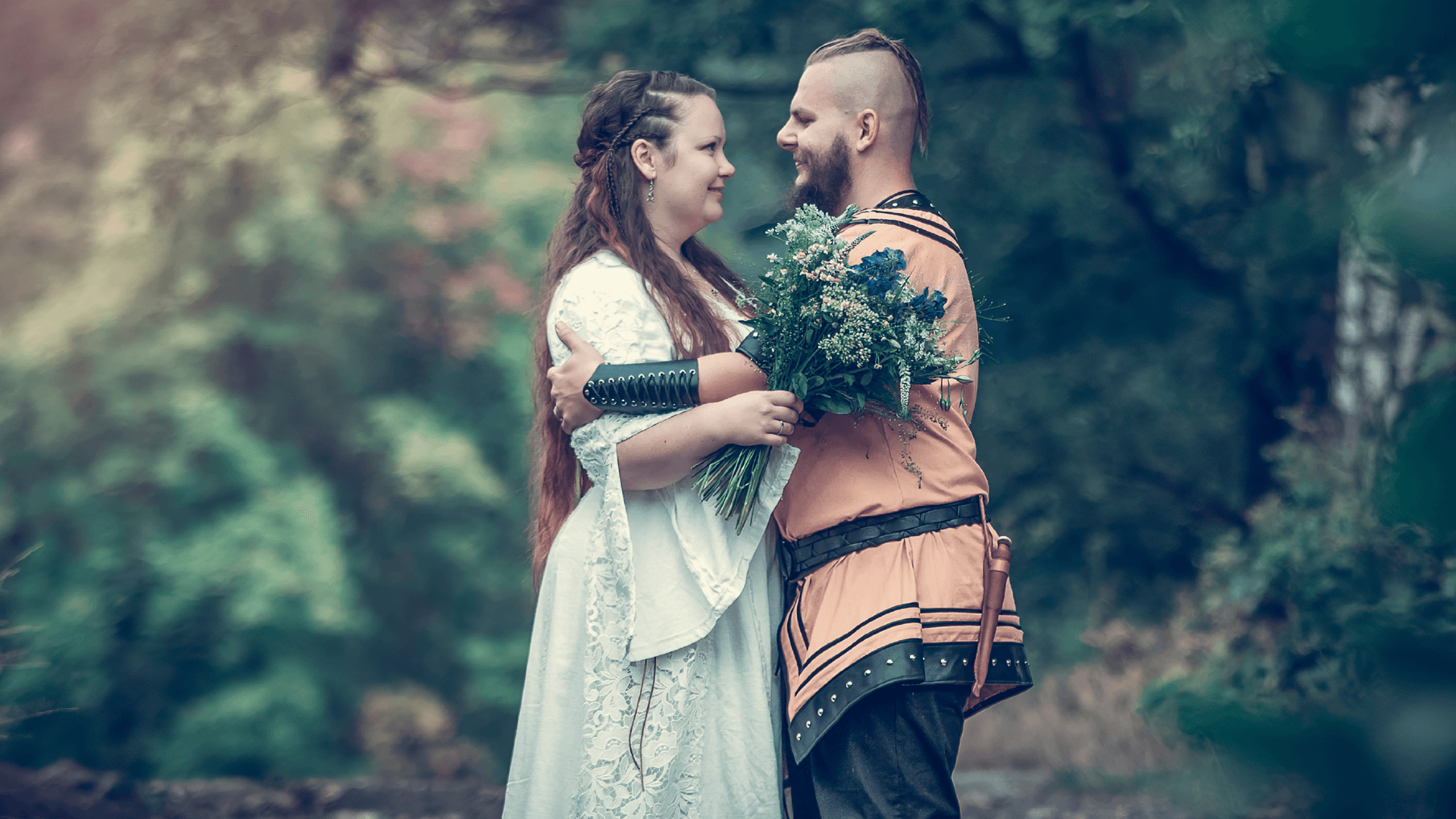
You don’t want a big wedding or even the vows that typically go along with traditional nuptials. Maybe you’re not wearing a white dress or a tux. Maybe you’re getting married in the middle of a dry lake bed. Maybe your whole life is about living differently. If any of those things sound familiar, you may be better suited to a non-diamond engagement ring simply because it makes the most sense for you and the life you love. And that’s reason enough.
For the most control over your engagement ring and the stones it contains, see how you can design your own jewelry with guidance from the experts at Allurez.

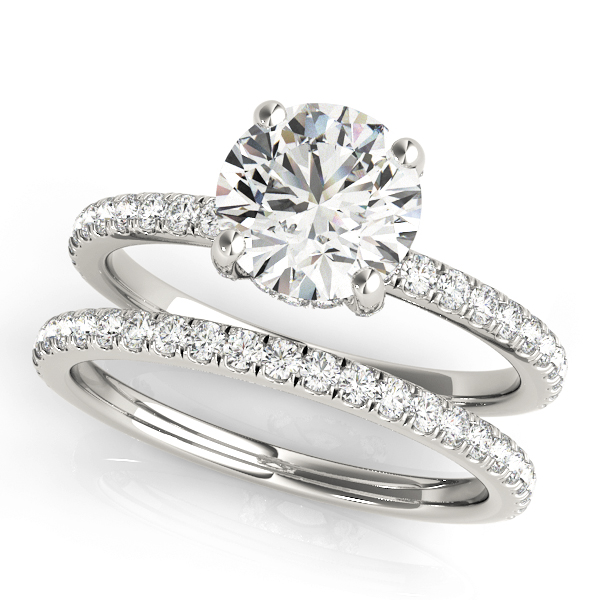
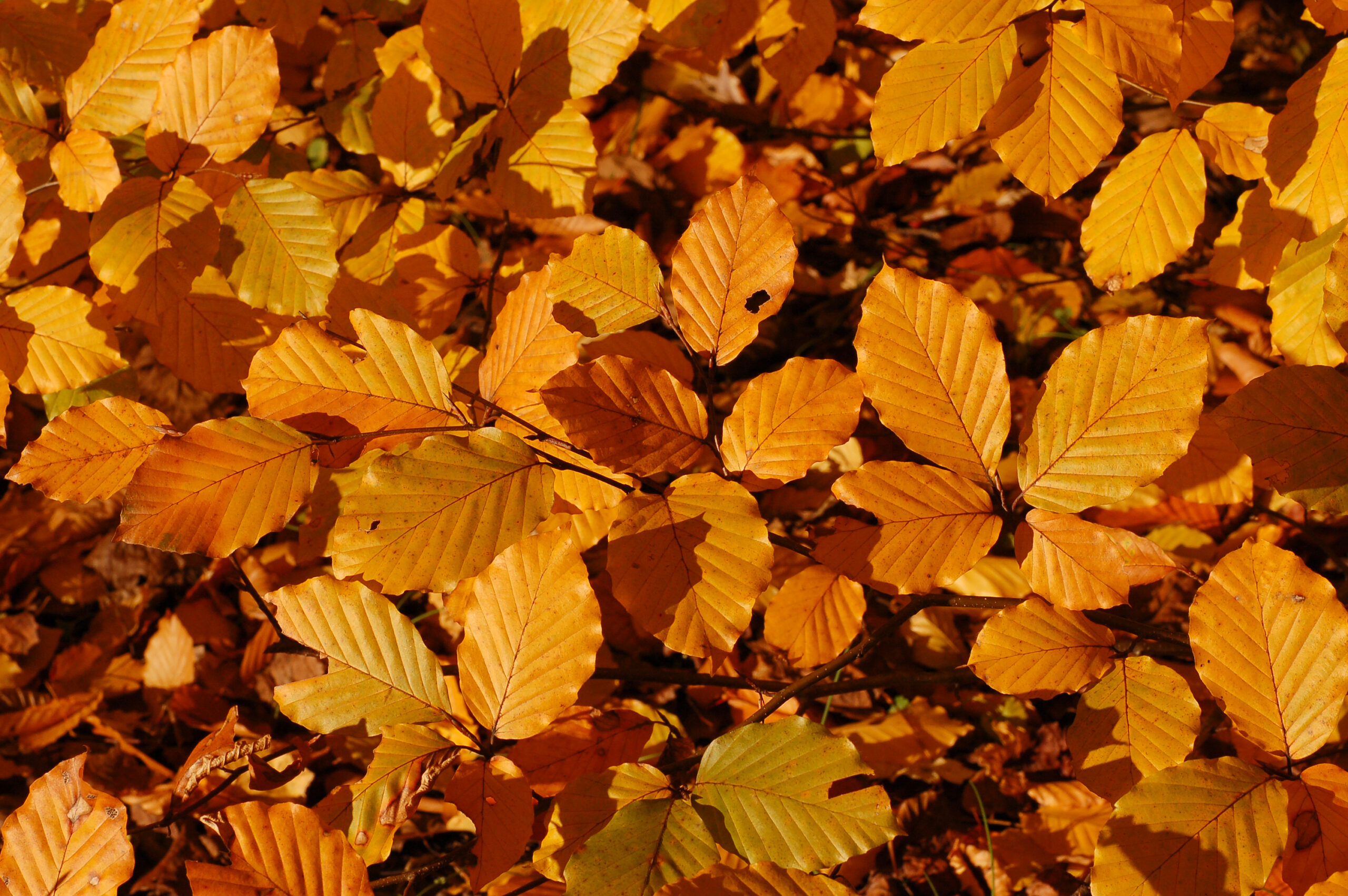
POST COMMENT